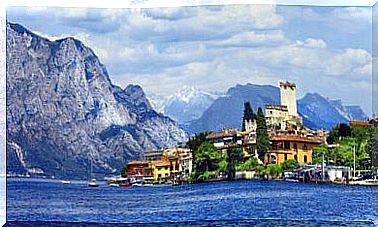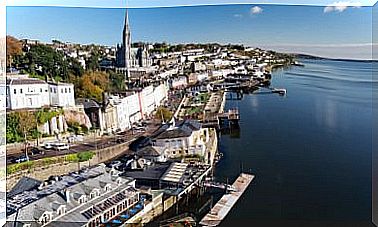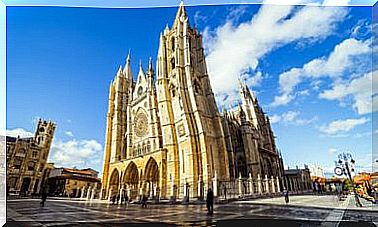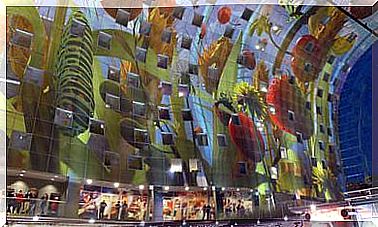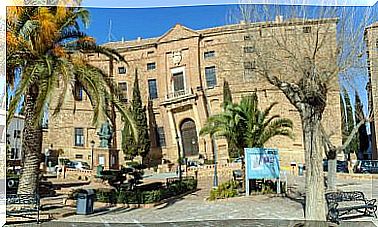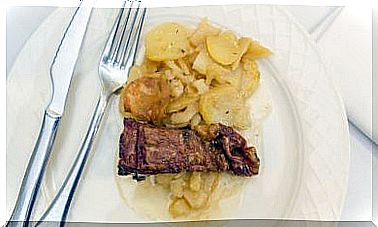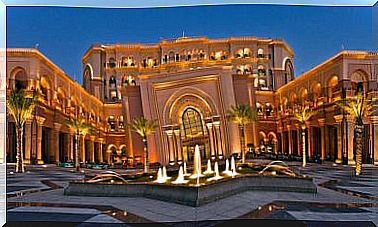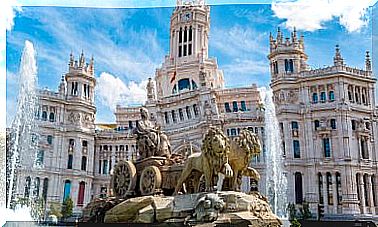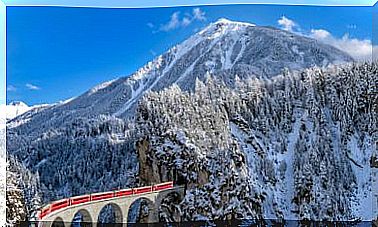History Of The Sagrada Familia In Barcelona

The Sagrada Familia is a monumental work of art by Gaudí, a jewel of modernist architecture studied by aspiring architects from around the world. In this work the intelligence, eccentricity and originality of the Catalan architect can be seen. We review the history of the Sagrada Familia, so that you can get to know this impressive temple a little better.
Learn about the history of the Sagrada Familia
There is a lot of history around this construction, as well as curiosities that you may not have known about. For example, although the work has always been attributed to Gaudí, the truth is that this temple began to be built before this architect was part of the project.

Construction began in 1882, but it wasn’t until 1883 that Gaudí took over. He only began to translate his architectural style on the base that was already built. Of course, he transformed it into a work of art.
Gaudí died in a tragic accident in 1926, so he left the work more or less halfway through. It was a blow for the project, because not only was there no one who could imitate his peculiar style, but there was no longer financial support and the work would depend on donations.
When the Spanish Civil War began, the project was practically paralyzed. It was resumed in the fifties and even today it is not finished. Even so, the official opening is expected to be in 2026.
By the way, Gaudí is buried in the crypt of the basilica. A more than interesting fact to pay a visit to this spectacular temple.
More information on the history of the Sagrada Familia

Gaudí dedicated a good part of his life to the Sagrada Familia, although it was clear to him that he would never see it finished, as it really did. However, this work is a reflection of Gaudí’s artistic fullness, since in it he merged all the styles that had been tried until then, including his own.
The construction of the apse and the crypt in the neo-Gothic style was completed, which was the first used in the construction. However, he would later continue the rest of the temple in his own style.
Thus, he mixed the organic style in which he imitated forms of nature with ruled geometric shapes. He wanted its interior to look like a forest thanks to the arborescent columns that presented a simple but resistant structure.
Constructive details
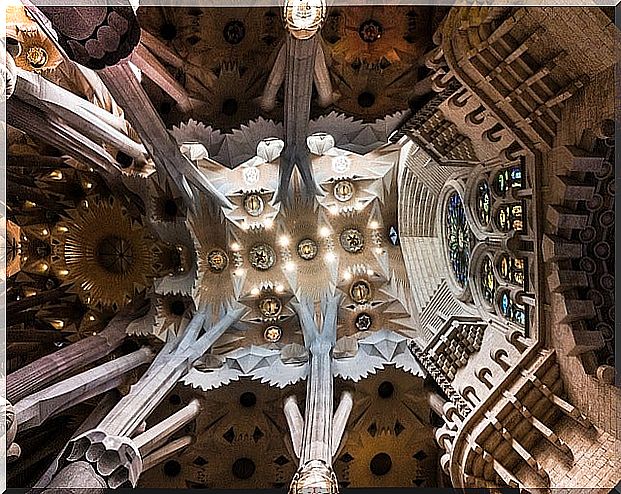
Its shape reveals the intelligence of the artist, since the Sagrada Familia has the shape of a Latin cross with five central naves with a transept that crosses perpendicularly with three other naves. To this must be added the apse with seven chapels. A truly majestic and imposing temple!
It has three different facades that recall three times in the life of Jesus : his birth, his passion and his glory. When this work is finally finished it will have 18 towers: twelve for the apostles, four on the transept in honor of the evangelists, one for the Virgin on the apse and the central tower in honor of Jesus.
What happened after Gaudí

After the tragic and unexpected death of the architect, Domènec Sugrañes, who was Gaudí’s assistant in life, took over the project. Over the years it has been left in the hands of various architects, but today it is in charge of Jordi Faulí i Oller who has been doing it since 2012.
Despite having passed through so many hands, Gaudí’s unique and personal style has been preserved. For this reason, this temple has been recognized with some awards. For example, in 2007 it was named one of the 7 wonders of Catalonia. It was also designated as one of the 12 treasures of Spain, and Pope Benedict named it a minor basilica.
This has been a brief journey through the history of the Sagrada Familia in Barcelona. It is one of the most famous monuments in Spain and in the world that will leave you speechless when you contemplate it.
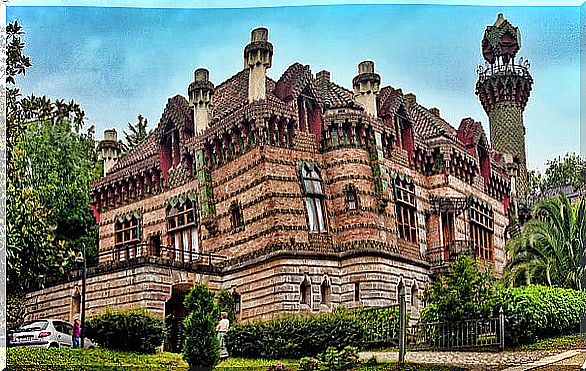
Cover photo: NMK Photography / Flickr.com

